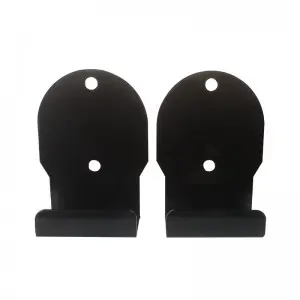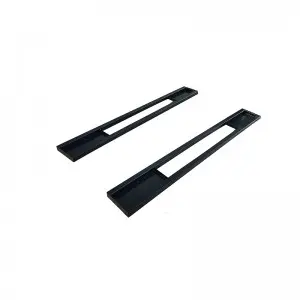The cylinder is one of the most fundamental shapes in geometry and engineering, playing a crucial role in various fields, including mathematics, physics, and industrial design. Defined as a three-dimensional solid with two parallel circular bases connected by a curved surface, the cylinder is characterized by its height and radius. This seemingly simple shape holds immense significance, both theoretically and practically. In this article, we will delve into the mathematical properties of cylinders, explore their applications across different industries, and discuss their importance in various scientific phenomena.
Mathematical Properties of Cylinders
In mathematics, cylinders are classified into two main categories: right cylinders and oblique cylinders. A right cylinder has bases that are directly aligned with one another, while an oblique cylinder has bases that are offset. Despite their differences, both types of cylinders share common mathematical properties.

Exploring the Fascinating World of Cylinders: Their Mathematical Properties, Applications, and Significance in Science and Industry
1. **Volume Calculation**: The volume \( V \) of a cylinder can be calculated using the formula:
\[
V = \pi r^2 h
\]
where \( r \) is the radius of the base and \( h \) is the height of the cylinder. This formula highlights the role of the base area in relation to the height, demonstrating how increasing either value can drastically change the volume.
2. **Surface Area**: The surface area \( A \) of a cylinder consists of the area of the two bases and the lateral surface area. The formula for the total surface area is:
\[
A = 2\pi r(h + r)
\]
This formula encompasses both the circular bases and the curved surface that connects them, illustrating the complex relationship between the linear and curved dimensions of the cylinder.
3. **Cross-Sections**: When a cylinder is sliced vertically or horizontally, the result will produce various geometric shapes. A vertical cut yields a rectangle, while a horizontal cut produces a circle, reinforcing the cylinder’s importance in understanding three-dimensional geometry and cross-sectional analysis.
Applications of Cylinders
The cylindrical shape is not just a mathematical curiosity; it finds practical applications in a multitude of industries. Here are some noteworthy examples:
1. **Engineering and Construction**: Cylinders are widely used in the construction of structures and machines. For instance, concrete columns in buildings are often cylindrical for increased strength and aesthetic appeal. Similarly, pipes—essential for plumbing and fluid transport—are predominantly cylindrical due to their ability to efficiently convey fluids.
2. **Manufacturing**: Cylinders can be found in various manufacturing processes. For example, a roll of paper, metal sheets, or film is often wound around cylindrical cores. Additionally, many mechanical components, such as gears and bearings, exhibit cylindrical shapes that facilitate rotational movement.

Exploring the Fascinating World of Cylinders: Their Mathematical Properties, Applications, and Significance in Science and Industry
3. **Containers and Packaging**: From beverage cans to gas cylinders, the cylindrical shape is ideal for storage and transportation. The uniform pressure distribution in a cylinder allows for efficient containment of gases and liquids, making it a preferred choice in the packaging industry.
4. **Aerospace and Automotive**: Cylindrical designs are critical in aerospace and automotive engineering. Rocket bodies and fuselages of aircraft are generally cylindrical to withstand aerodynamic forces. In automobiles, the pistons in engines are cylindrical for efficient movement and power generation.
Scientific Significance
Cylinders also hold significance in various scientific domains:

Exploring the Fascinating World of Cylinders: Their Mathematical Properties, Applications, and Significance in Science and Industry
1. **Physics**: Many physical phenomena can be analyzed using cylinders. For example, the behavior of gases in a closed cylindrical container is foundational to thermodynamics. The principles of fluid dynamics often utilize cylindrical models to study fluid flow in pipes and tubes.
2. **Biology**: In biology, cylindrical structures can be observed in various organisms, from the cells in plant stems to the skeletal structures of certain animals. The analysis of these shapes can lead to insights regarding structural integrity and biological efficiency.
3. **Mathematics and Art**: In mathematics education, cylinders are often employed to teach students about volume and surface area, allowing for hands-on learning. Furthermore, in art and design, the cylinder’s shape lends itself to creative expressions, influencing sculpture and architecture.
In conclusion, the cylinder is more than just a geometric figure; it is a vital shape that intersects multiple disciplines, showcasing the beauty of mathematics and its applications in real-world situations. From engineering to biology, the influence of cylinders is profound, and understanding their properties can lead to innovation and insight into both the natural and manufactured worlds. As we continue to explore the cylindrical shape, we uncover an intricate tapestry of connections that highlight its importance across various domains.New Engery Vehicle Battery Lift
